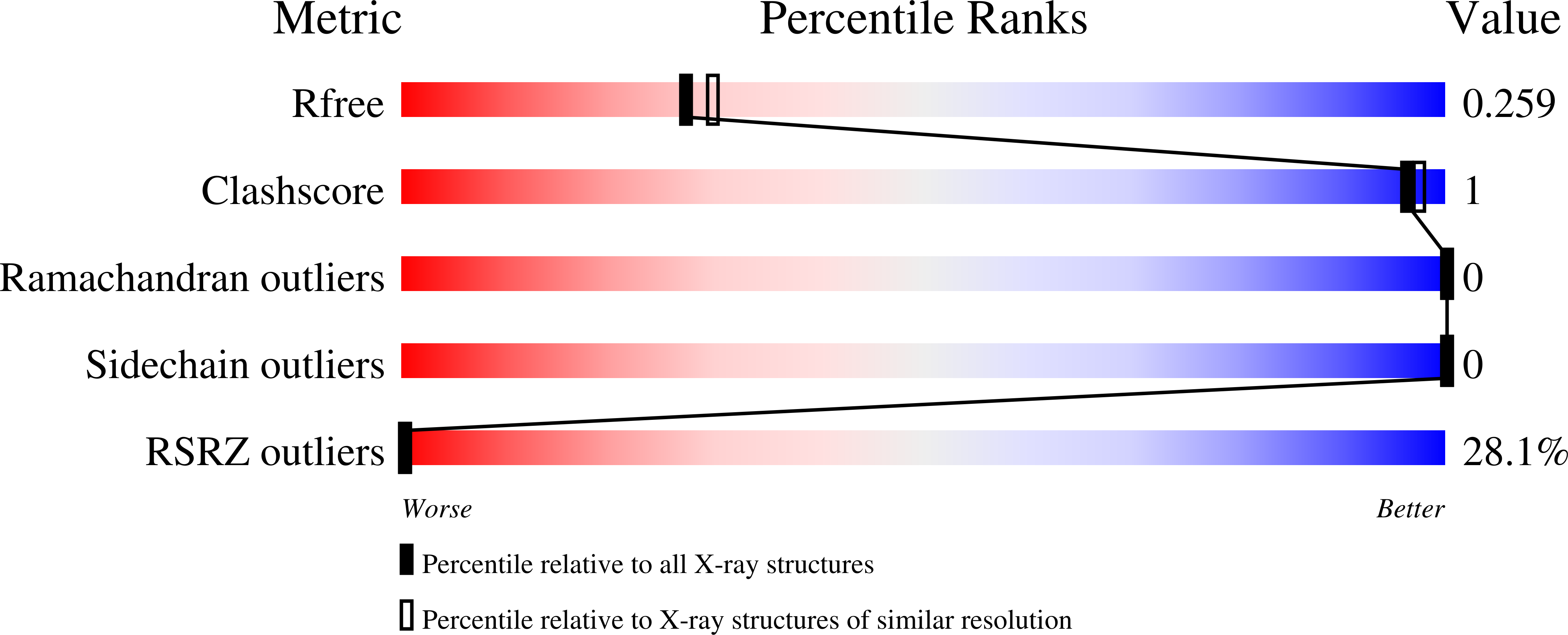
Deposition Date
2020-09-16
Release Date
2021-10-06
Last Version Date
2024-06-19
Entry Detail
Biological Source:
Source Organism:
Orf virus (Taxon ID: 10258)
Homo sapiens (Taxon ID: 9606)
Homo sapiens (Taxon ID: 9606)
Host Organism:
Method Details:
Experimental Method:
Resolution:
2.21 Å
R-Value Free:
0.25
R-Value Work:
0.23
R-Value Observed:
0.23
Space Group:
I 1 2 1


